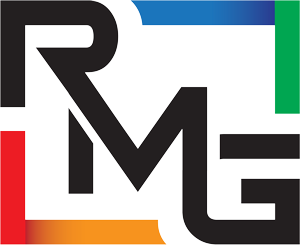Reliability Management Group (RMG) offers Computerized Maintenance Management System (CMMS) Assessments that help companies get a handle on new or existing implementations. RMG takes an independent look at how you are utilizing or selecting your system, and the costs you will incur as well as the ongoing analysis you will need to ensure a successful implementation. During the CMMS assessments, we ask the right questions and uncover some assumptions. Through working sessions that engage your teams, we discover gaps before they become showstoppers. RMG will work with you and collaborate with your CMMS implementation team to find ways to keep things on track. RMG is dedicated to help your organization realize the return on investment the justifies and satisfies the millions of dollars invested in your CMMS product.
Functionality Analysis
The functionality analysis consists of a comparison of major routine maintenance work processes including:
- Flow chart processes
- A highlight of strengths and gaps
A comparison of major set-up files including:
- Equipment nameplate
- Equipment hierarchy
- Bills of material templates, etc.
A SWOT analysis for completeness:
- SWOT analysis by process
- SWOT analysis by set-up
Ease of Use Analysis
The ease-of-use analysis takes a closer look at how your system will be used (and is a good indicator of how successful your implementation will be). The first major component is entering data:
- Transactions required to compete task
Volume Analysis
The volume analysis focuses on the annual volume of your work processes including the number of:
- Work orders created
- Materials processed
- Work orders planned
- Work orders scheduled
- Permits opened
- Work orders closed
- Permits closed
The volume analysis also looks closer at the annual volume in setting up and updating:
- Number of pieces of equipment
- Number of parts and materials
- Bills of material
- Permitting and clearances
Work Process and Reliability Cost Analysis
This analysis is a more in-depth look at the annual time it will take to populate and keep the CMMS current. Some items that are looked at include:
- Cost per hour of person entering the data
- Time required (work process task X number of annual occurrences)
- Annualized cost to “feed” the CMMS (Time X Rate)
The work process and reliability cost analysis also take into consideration opportunity costs, that is, the differential in available hours applied to reliability.
- Keystrokes required to complete task
- Fields required to complete tasks
The second major component of this analysis takes about 10-15 samples and focuses on:
- Time required to complete designated work process and set up tasks (for example, how long does it take to create a work request?)
